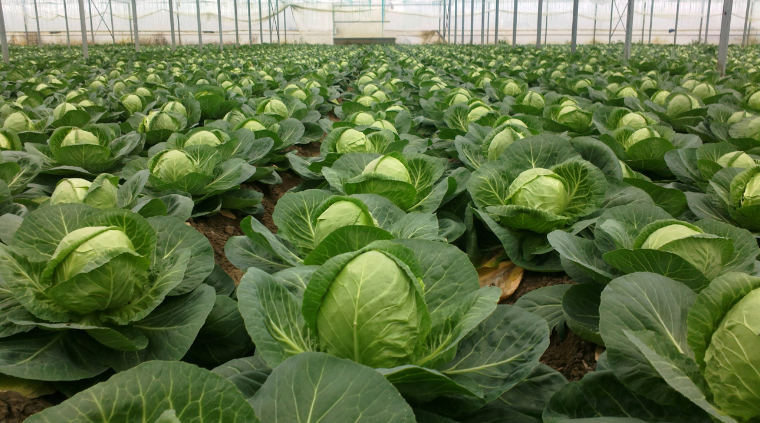
Ammonia is used in many areas of life, including for the treatment of cultivated plants. With this miracle remedy, you can get rid of various pests on cabbage.
Content
Treatment of cabbage from pests with ammonia
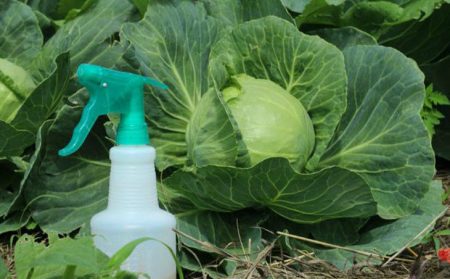
Ammonium chloride is a medicine, it has a sharp, unpleasant odor. With it, you can bring a person to life, cause a gag reflex, it is also used for neuralgia. In the garden with ammonia, you can spray most cultivated plants, including cabbage. It saturates the soil with nitrogen and helps to cope with the attack of insects. You can buy ammonia in a private or public pharmacy.
Before use, ammonia is diluted, in accordance with the recommendations, do it very carefully. An excessive amount of the substance threatens the accumulation of nitrates in the cabbage, and sometimes it can even ruin the crop. Apply it for root dressing or spraying the ground part.
How to treat cabbage with ammonia ammonia
Pests attack the crop from the start of seedling cultivation until maturity. Succulent leaves attract insects, it feels it is not averse to both caterpillars, slugs or bears. A one-time treatment of cabbage does not completely eliminate harmful insects, it must be repeated several times, the number of sprayings depends on the degree of damage. The desired result can only be achieved by carefully following the recommendations.
Ammonia contains 82% nitrogen.
Snails and slugs
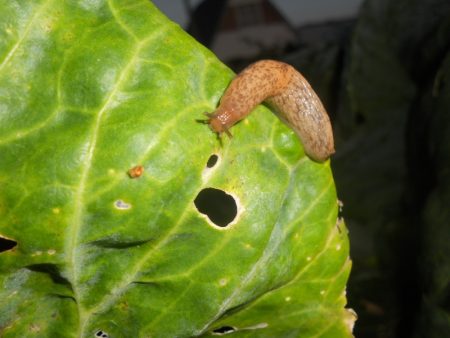
Pests predominantly creep out at night, they can cause great harm to the culture. In the absence of measures, you can lose the crop. The gardener will have a difficult struggle, because during the day they hide in holes and a miraculous solution will help in this.
Ingredients:
- ammonia;
- water.
Preparation and use:
Pour the settled water into a bucket, add 40 ml of ammonia into it and mix. The resulting solution to treat the lower part of the foliage, a small amount of liquid to process the basal circle. After half an hour, repeat the procedure. Insects will crawl to the surface, and at this time the gardener must collect them.
Fighting aphids
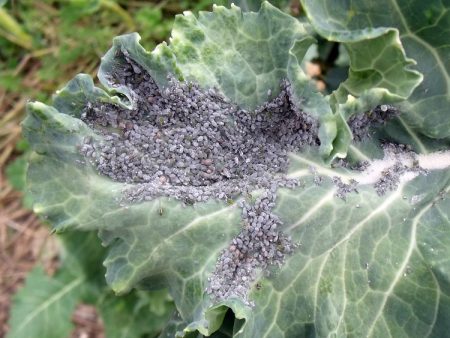
Most often, young plants suffer from aphid invasion. At first, the presence of insects is difficult to notice, as the aphids are painted in a light green color, like the seedlings themselves. It multiplies very quickly, and after a short period of time it affects all the bushes. You can notice its presence by the characteristic eaten holes on the cabbage and twisted leaves. If you ignore the problem, young plants may die. Soap solution with ammonia will help to cope with pests:
Structure:
- laundry soap;
- ammonia;
- water.
Preparation and use:
Grind 100 grams of laundry soap, mix with one liter of hot water until dissolved. In the resulting substance, add another 9 liters of settled warm water and 3 tbsp. l ammonia. After this, the solution must be thoroughly mixed again and you can start spraying the cabbage. Soap forms a dense film on the leaves, which protects plants from gluttonous insects.After 14 days, the treatment is repeated, by this time a new generation of pests is emerging from the deposited larvae.
Ammonia is a 10% ammonia solution.
Cabbage whitewash: methods of struggle
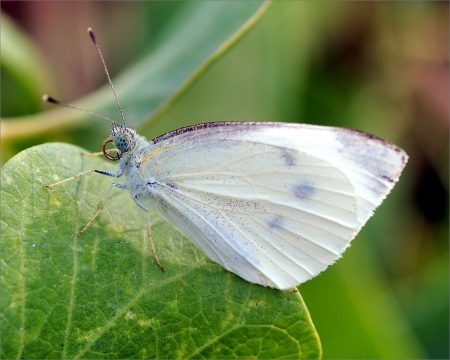
Butterflies have an attractive appearance, they are small in size, the danger of these winged insects is that they lay their larvae on the cabbage. And from them gluttonous caterpillars are born, which can greatly harm plants. An aqueous solution of ammonia will help get rid of pests.
Structure:
- ammonia;
- acetic acid;
- water.
Preparation and use:
In a bucket of settled water at room temperature add 50 ml of ammonia, 3 tbsp. l acetic acid and mix well. With a solution, carefully wipe the ground part of the plant. It is advisable to do this in the evening, after sunset, or in the early morning. Since during the summer several generations of butterflies are born, they process cabbage every 20-25 days.
Medvedka (kapustyanka)
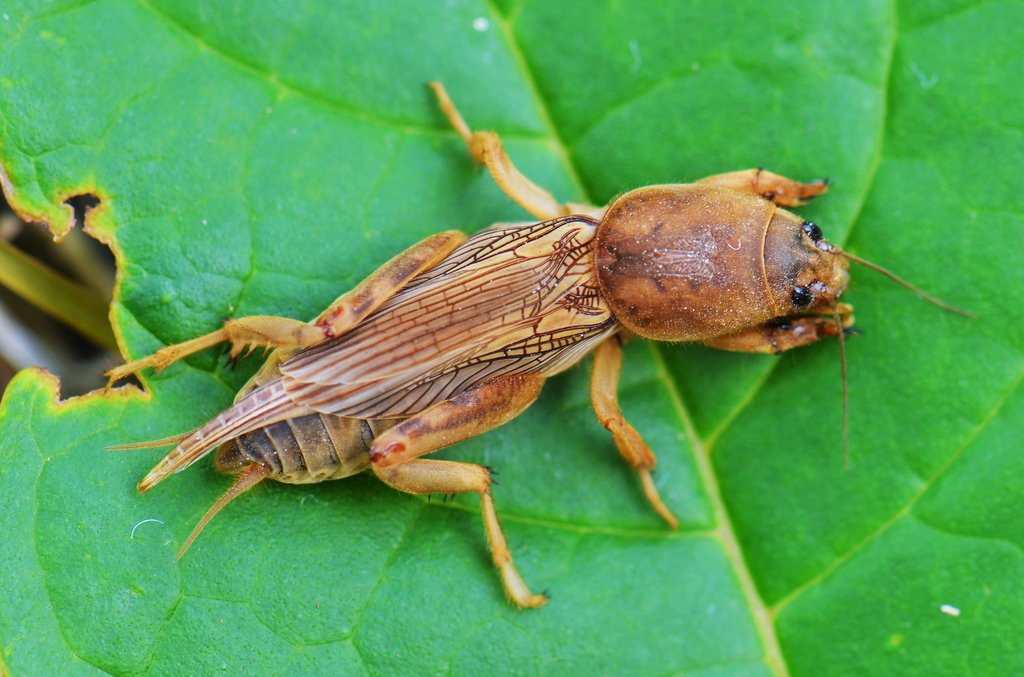
Many gardeners are afraid of these insects, they cause irreparable harm to cabbage and other garden crops. The body of the bear is about 5 cm long, painted brown or brown. Insects have powerful jaws, with their help they damage the roots of plants, but can also destroy young seedlings. You can fight a bear with an ammonia solution.
Structure:
- ammonia;
- water.
Preparation and use:
The solution is prepared quickly and easily, 10 ml of the substance is added to 10 liters of water and mixed. The resulting liquid is watered with plants under the root, 500 ml are used for 1 bush. Re-processing is carried out after 7 days, the number of procedures depends on the number of pests.
Umbrella umbrella
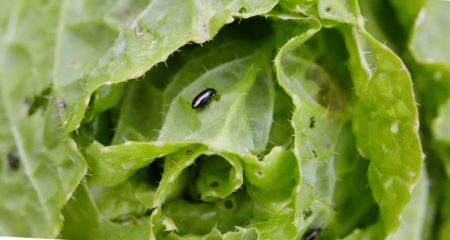
These small insects feed on the juice of cabbage leaves; after hibernation, they wake up quite early and can destroy very young, still fragile seedlings. A characteristic symptom of the presence of pests is twisted leaves on the cabbage. Some gardeners for preventive purposes pull a rope soaked in ammonia, in this case pests will not come close to planting, a specific smell repels insects. You can also spray plants with an aqueous solution of ammonia.
Structure:
- ammonia 50 ml;
- water 10 l.
Preparation and use:
Mix the ingredients, and spray the resulting liquid into the planting. Do it in cloudy weather, or in the evening.
Peking cabbage processing
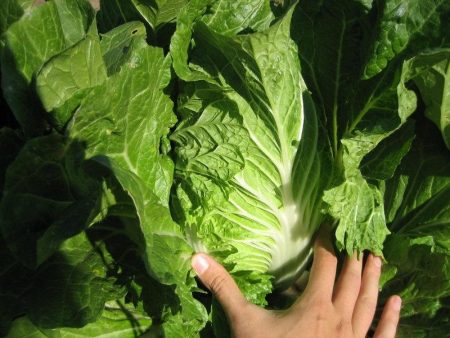
More and more gardeners are beginning to grow Beijing cabbage, because it contains many useful elements and few calories. But, unfortunately, it is also susceptible to pests. Most often, it is attacked by a cruciferous flea, this insect is small in size up to 3mm, has a black color. Detecting pests is easy, just as in the case of ordinary cabbage, you can fight them with the help of ammonia.
The working solution is prepared from 20 ml of ammonia and a bucket of water. And then they treat the plants with it, if the head of cabbage has already begun to form, then it is better to disassemble it, because insects can also be inside. If after treatment the pests have not disappeared, the procedure is repeated after 7-10 days.
How to spray cabbage?
Processing is best done in the morning or evening. In the afternoon, when the sun burns, this is not recommended, as it can provoke a burn of delicate plant leaves.
In large quantities, ammonia is toxic.
Procedure
- First, prepare the solution, observing the proportions.
- Pour it into a sprayer with small drops.
- They carefully plant the plants, grab the entire terrestrial part of the plant, paying special attention to the back of the leaves.
- Repeat the procedure, if necessary after 7-14 days.
How to breed ammonia for the treatment of cabbage from pests
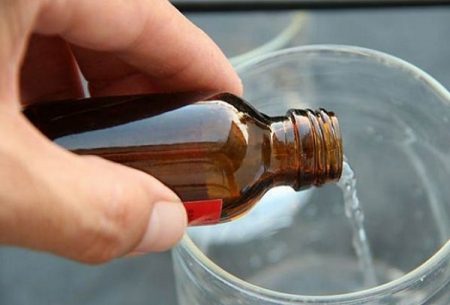
The procedure should be approached with all seriousness, because ammonia is toxic and can harm the body. To avoid problems, you should follow a few simple rules:
- before the procedure, protect the respiratory tract from fumes with a bandage or respirator;
- so that the liquid does not get on the skin during preparation and processing, it is better to wear gloves;
- It is recommended to prepare the solution in fresh air, if this is not possible, the room is well ventilated;
- it is necessary to store ammonia in a dark place inaccessible to children;
- In no case should the drug be mixed with substances containing chlorine.
Reviews
Lyudmila
My mother also used ammonia, it is an affordable and effective way to control pests. Using a solution of ammonia, you can get rid of insects not only on cabbage, but also on other vegetables. In addition, the solution saturates the culture with nitrogen, and this is an additional plus.
Dmitry
Last season, I noticed holes eaten out on cabbage, examined all the leaves and did not understand what was happening, I did not see a single pest. Asked for advice from a neighbor, she suggested that it could be slugs. And I did not see them, because their peak of activity falls at night. And she advised to process the planting with a solution of ammonia. I followed her advice, and what was my surprise when, after spraying, they crawled out. After 4-5 procedures, the pests disappeared.
Conclusion
Ammonia is a completely harmless and cheap way to cope with pests. It does no harm to cabbage and saturates the soil with nitrogen. Suitable for both prevention and control of various insects. However, proportions should be observed so as not to cause a saturation of the soil with nitrogen.

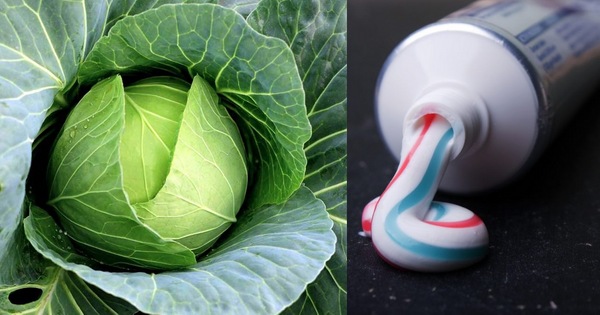
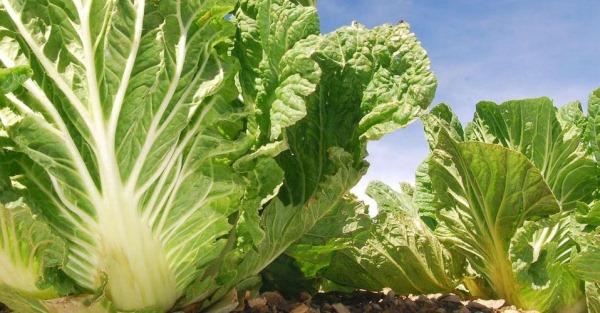
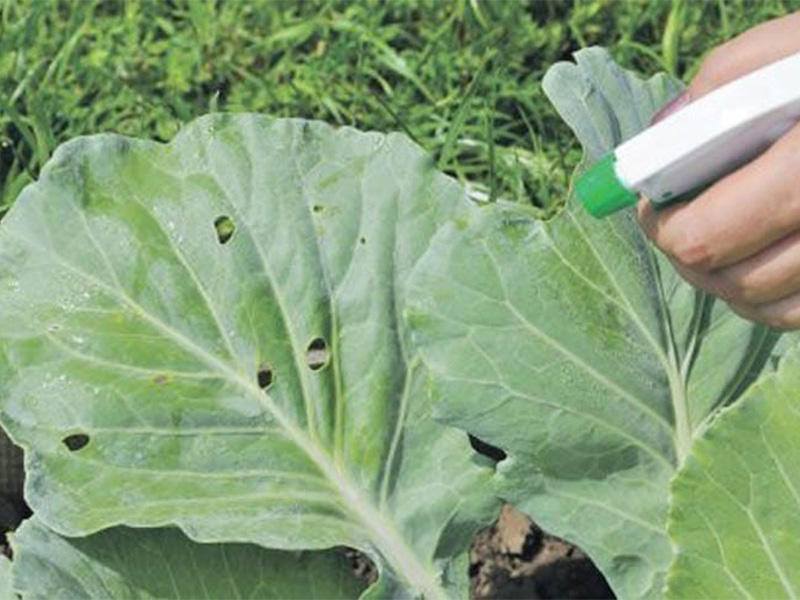
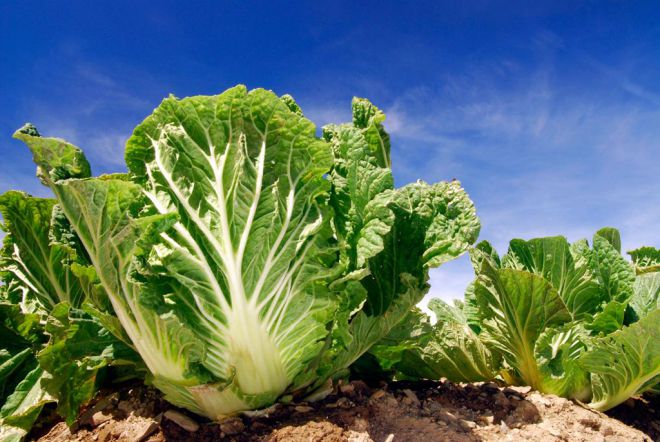 How to grow Chinese cabbage on your site?
How to grow Chinese cabbage on your site?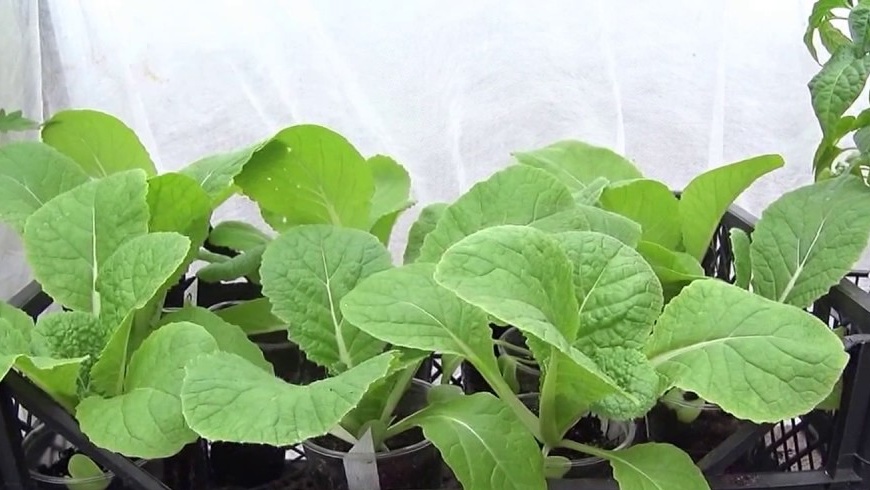 When to plant Chinese cabbage on seedlings in 2024
When to plant Chinese cabbage on seedlings in 2024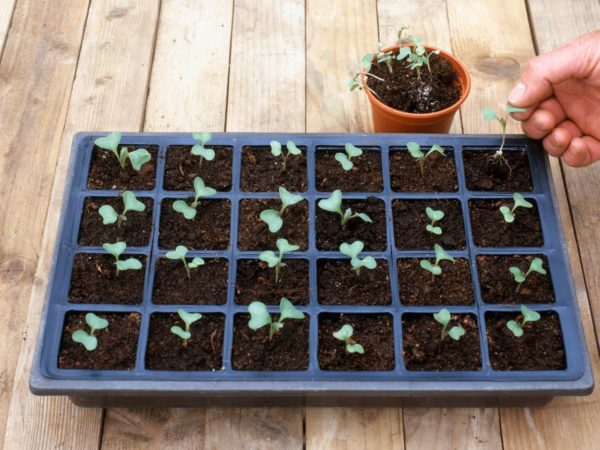 When to sow cabbage for seedlings in 2019 on the moon
When to sow cabbage for seedlings in 2019 on the moon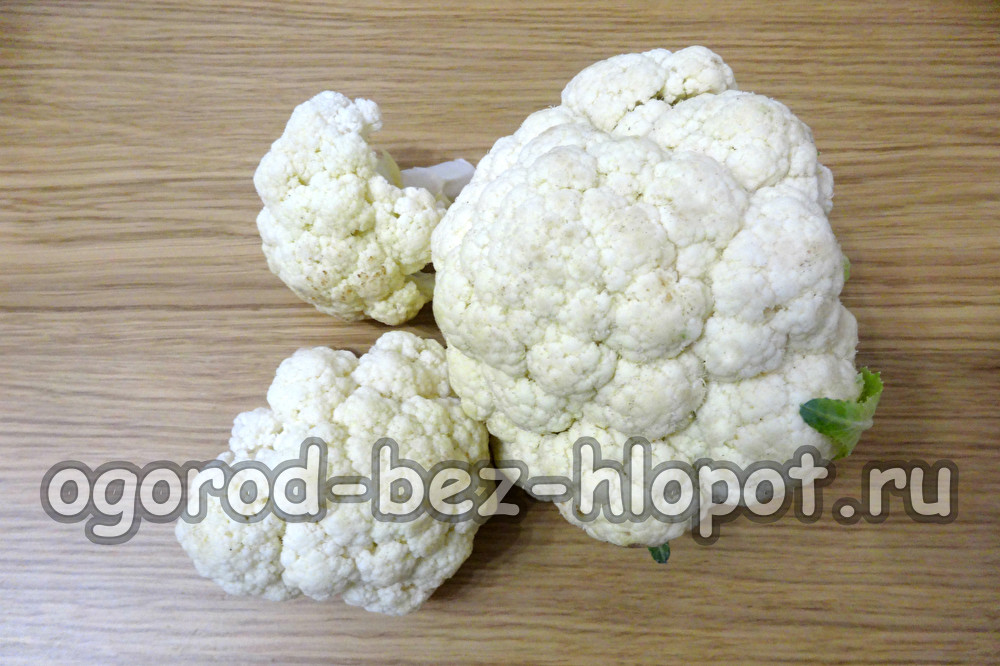 Cauliflower: how to grow large snow-white inflorescences
Cauliflower: how to grow large snow-white inflorescences